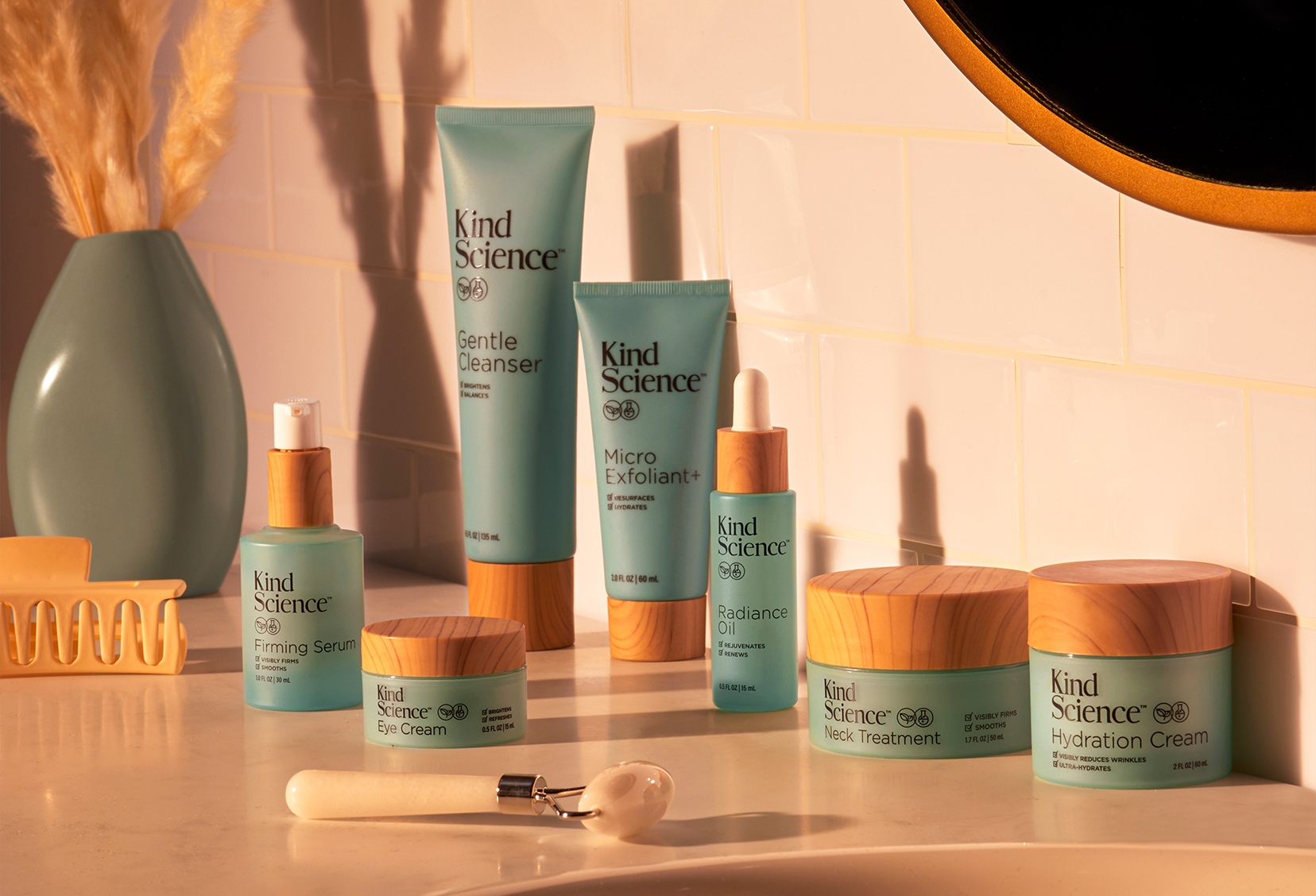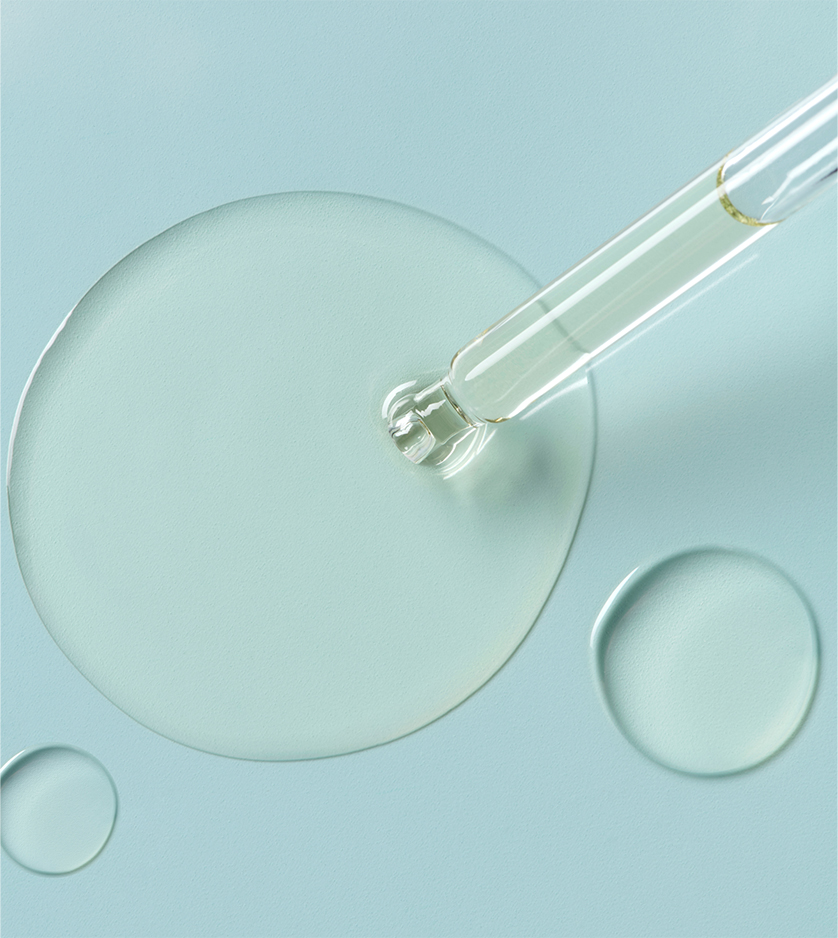
BLOG
Your Ultimate Guide to
Cruelty Free Skin Care

Many of us use makeup and skin care products to look and feel our best, but at what cost? Sadly, many skin care products contain ingredients that were tested on animals at some stage of production, leading to needless suffering for the animals involved.
Statistics show that hundreds of thousands of animals are tested on each and every year. The testing processes are usually very painful and traumatic for the animals involved, and many are killed and disposed of once the testing is complete. Some scientific studies show that these testing methods are also outdated and unreliable. While animal testing has been banned in some countries, it continues in many parts of the world.
It's not surprising that more and more people are interested in cruelty-free skin care products, but what does "cruelty free" actually mean?
What Does Cruelty Free
Mean in Skin Care?
As the term implies, cruelty free means the products were produced without causing unnecessary suffering for animals.
More and more companies are choosing to ban animal testing at every stage of production, relying on other methods to test their products.
How Do Cruelty-Free
Brands Test Their
Products?
So how do cruelty-free skin care brands make sure their products are safe for human use? In many cases, these brands reduce the need for testing in the first place by using clinically validated, efficacious ingredients that are known to be safe and effective.
When testing is required, these companies can conduct studies with human participants, or they may test on cell cultures or pieces of human tissue.
It's even possible to use digital technology to help test new skin care formulations. Cruelty-free brands can use advanced computer models to predict how the human body will react to certain substances.
The Benefits of Using
Cruelty-Free Skin Care
Products
Now that we know what cruelty-free skin care products are and how they work, but what are some reasons to go cruelty free? Here are some of the many advantages of choosing cruelty-free skin care:
- Peace of Mind - Using cruelty-free products means you can feel good knowing no animals were harmed in the making of your skin care routine.
- Better Ingredients - As mentioned, cruelty-free brands often make use of plant-derived ingredients with established safety and efficacy. These types of formulations are less harsh and often better for you than some of the alternatives.
- Helping to End Animal Testing for Good - By choosing cruelty-free products over those that are tested on animals, you are letting companies know that animal testing must come to an end as we move toward a cruelty-free world.
How Do You Know if a Skin
Care Product is Cruelty
Free?
Going cruelty free seems like an easy choice, but how do you know which products are really cruelty free? Unfortunately, many brands use "cruelty free" marketing claims without going to the necessary lengths to check that their products and ingredients are never tested on animals. And due to the lack of proper regulation in many parts of the world, it can be hard to know who to trust.
In North America, the gold standard for cruelty-free beauty is Leaping Bunny Certification. In order to become Leaping Bunny Certified, a brand must commit to ending animal testing at all stages of production, meaning neither the ingredients nor the final product were tested on animals. If you see the Leaping Bunny logo on a product's packaging, you can feel good knowing the product is cruelty free.
Find Cruelty Free Skin Care
at Kind Science
At Kind Science, we believe in being kind to your skin and kind to animals. That's why the ingredients in all of our products from hydration cream to firming serum, micro exfoliant to our radiance oil, and eye cream are never tested on animals, and we renew our commitment to the Leaping Bunny program every year.




